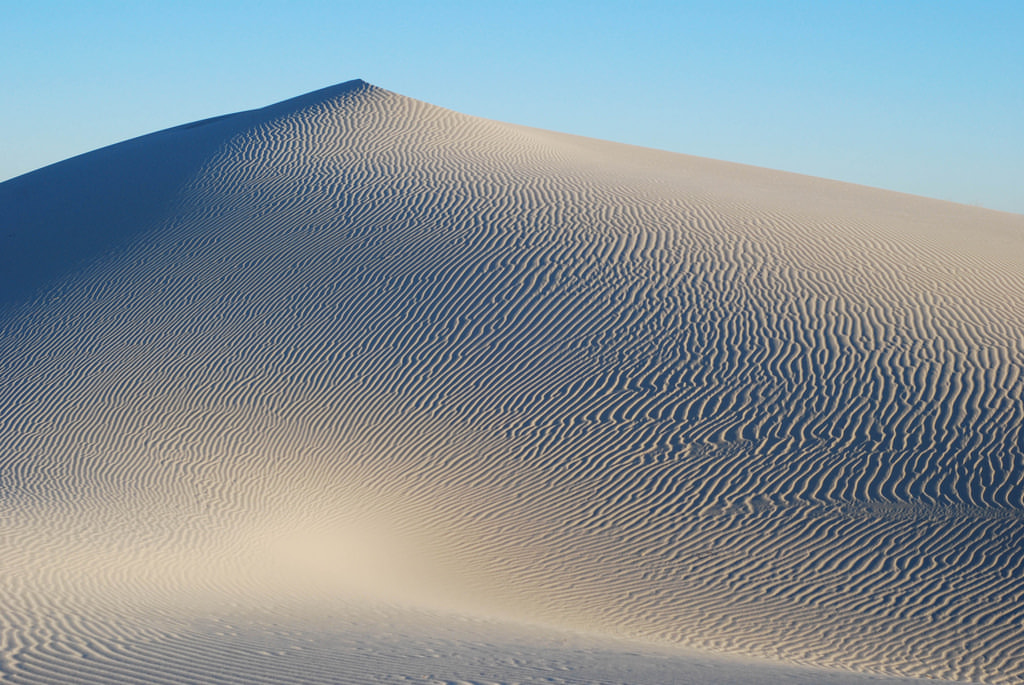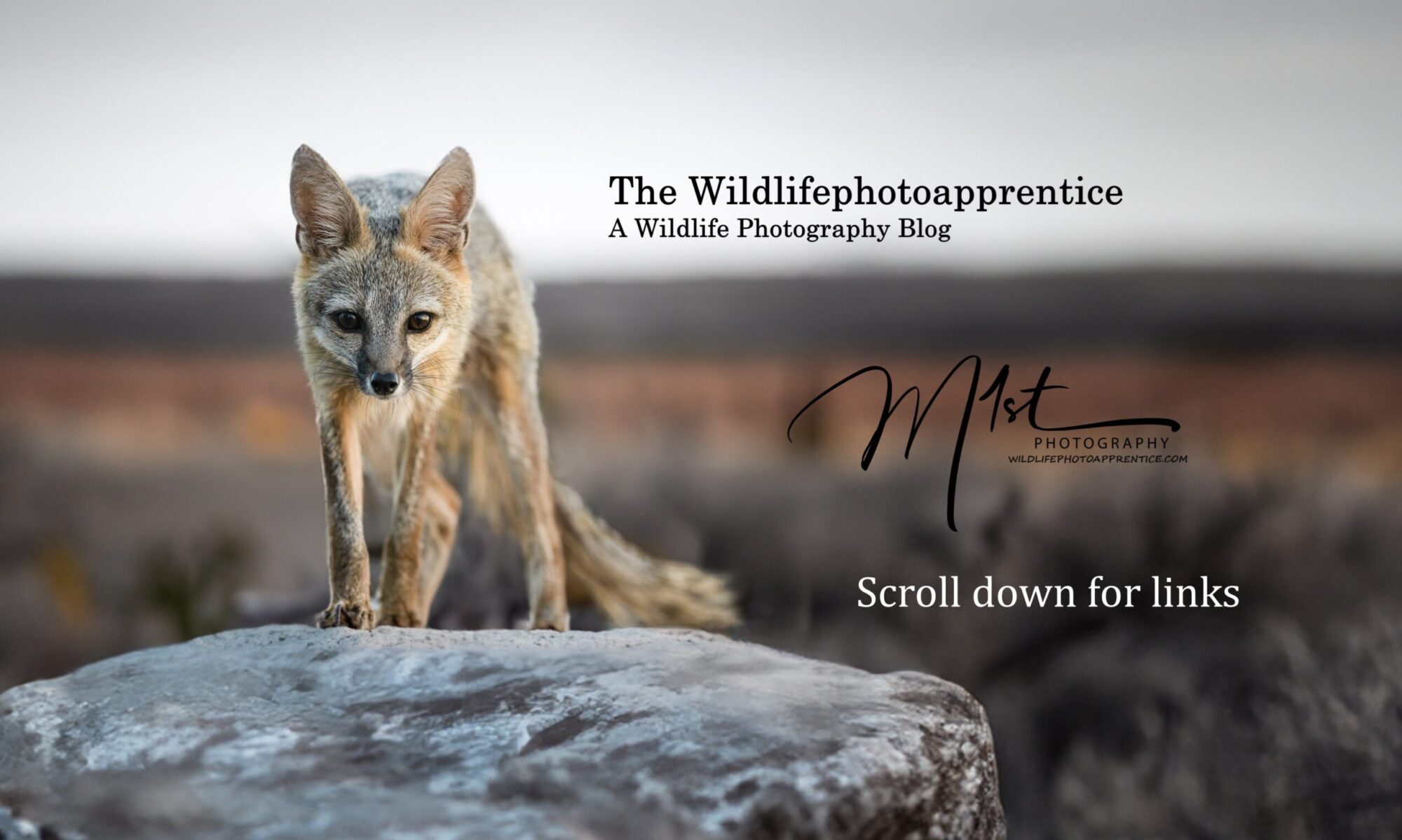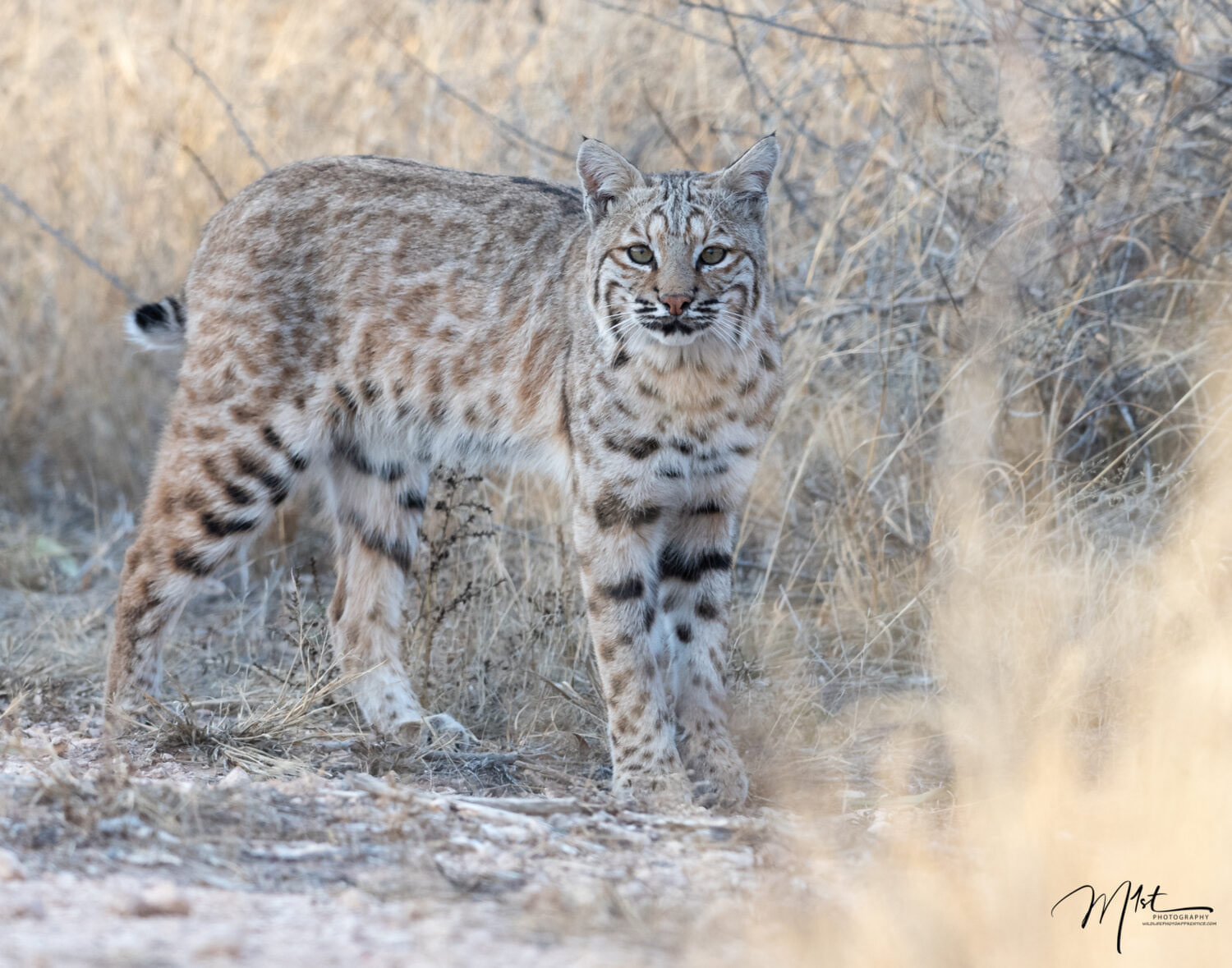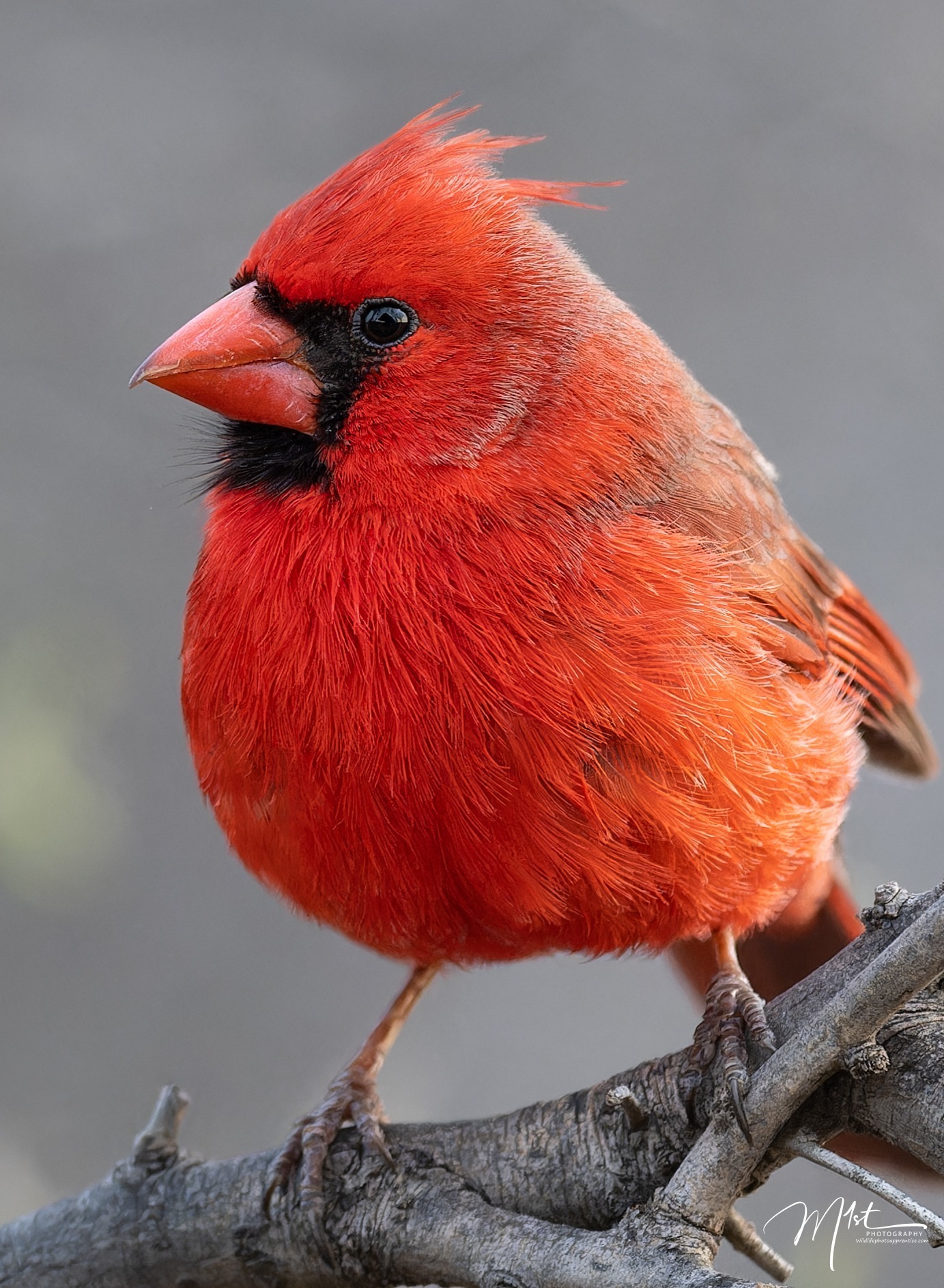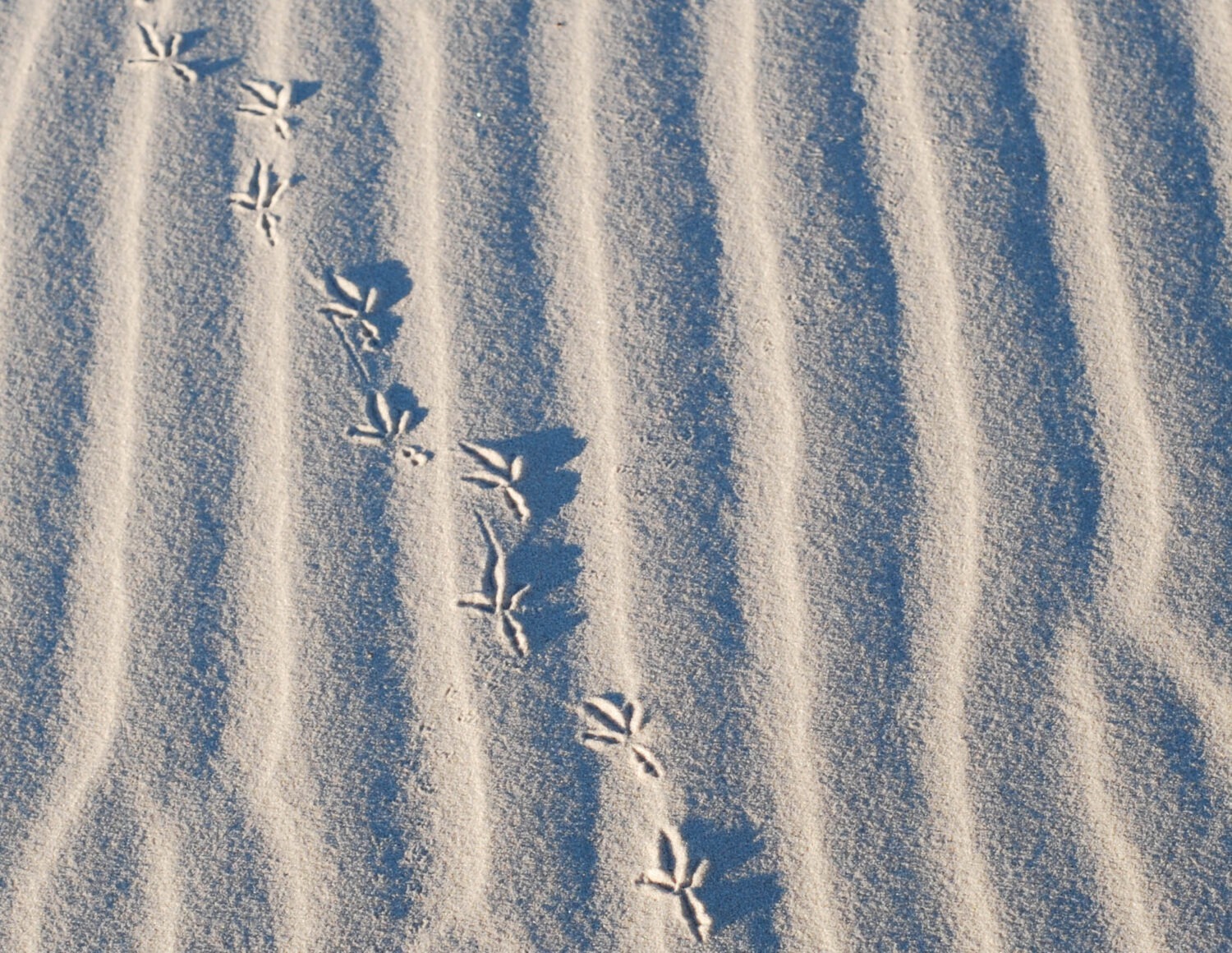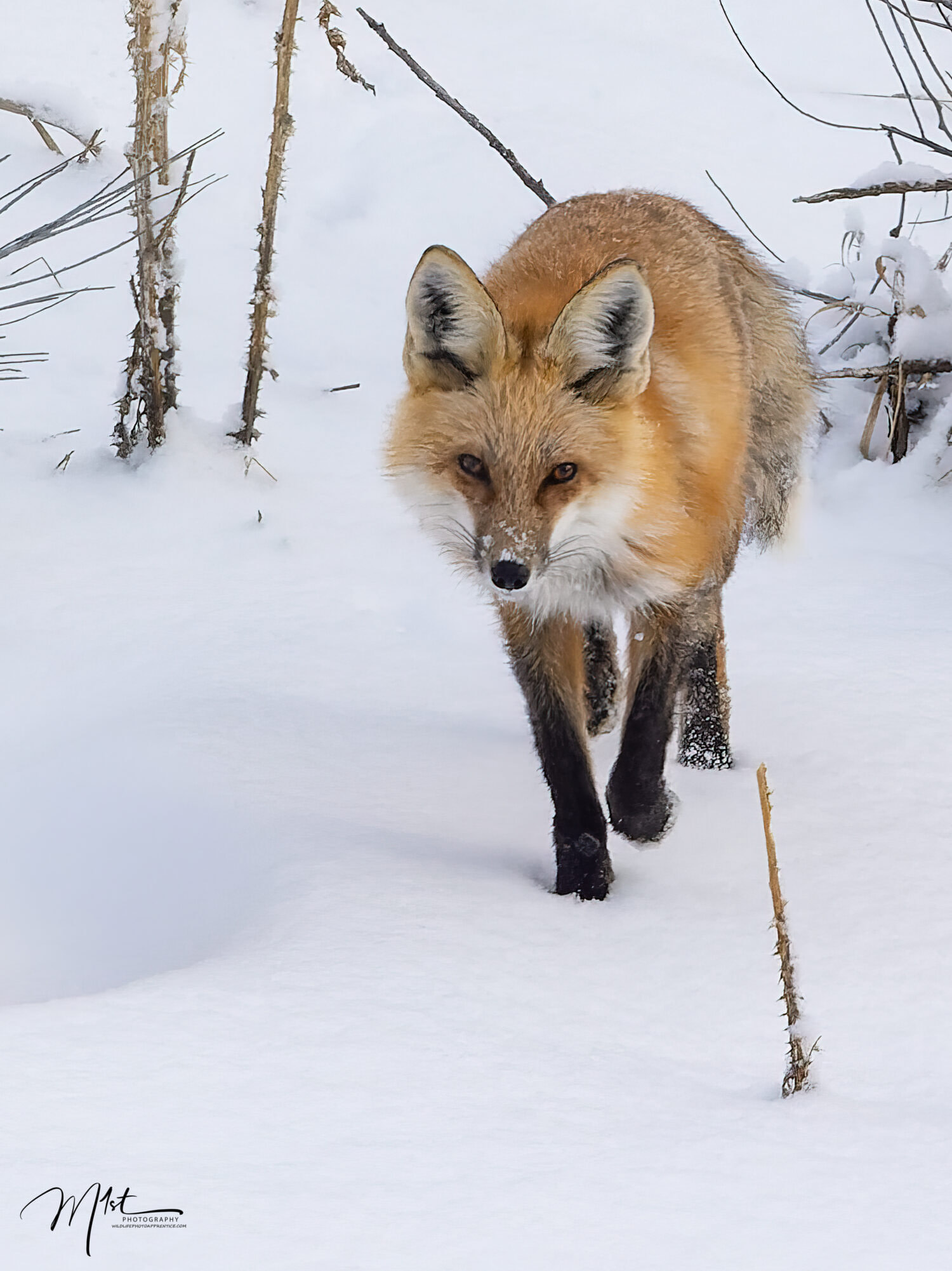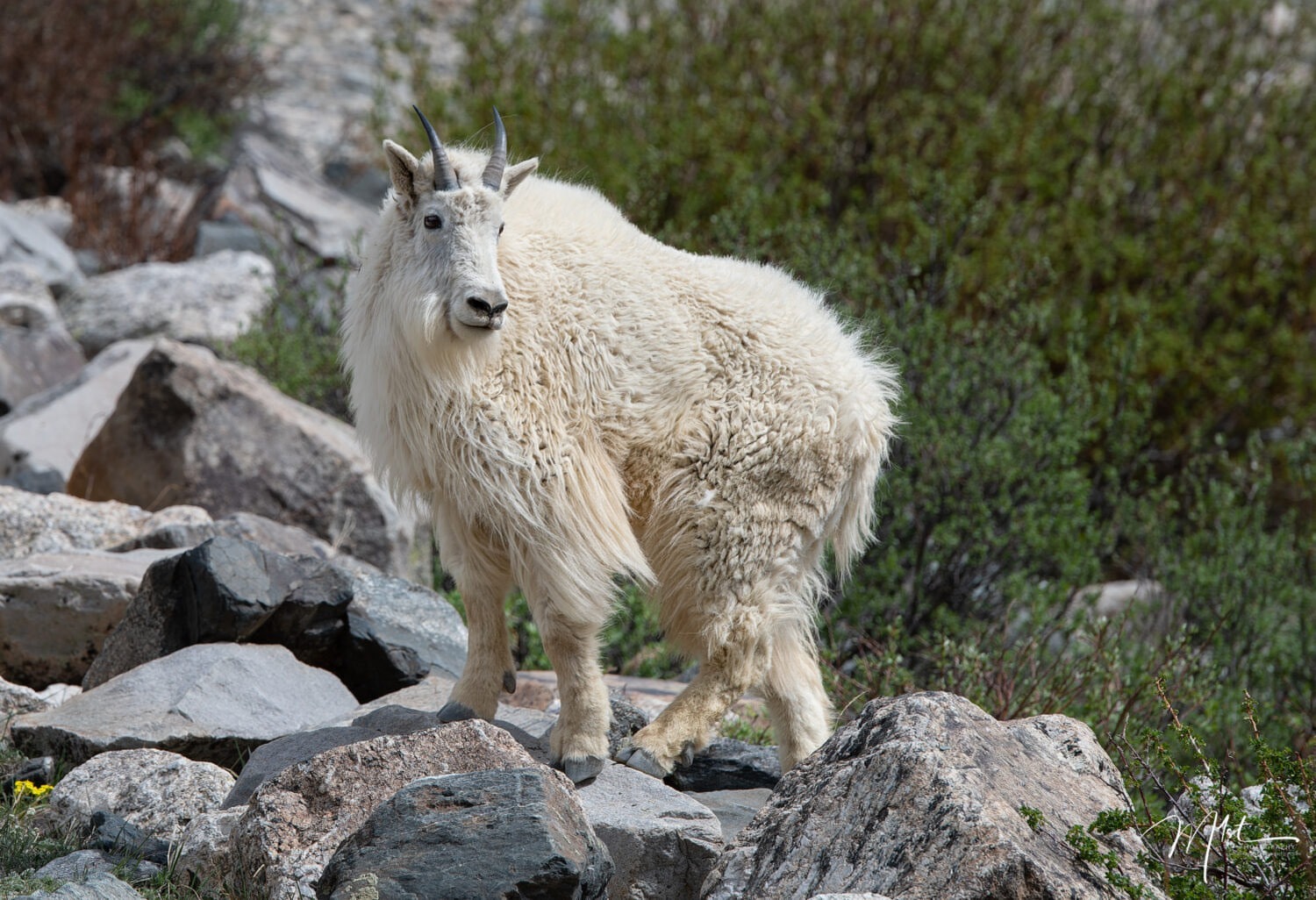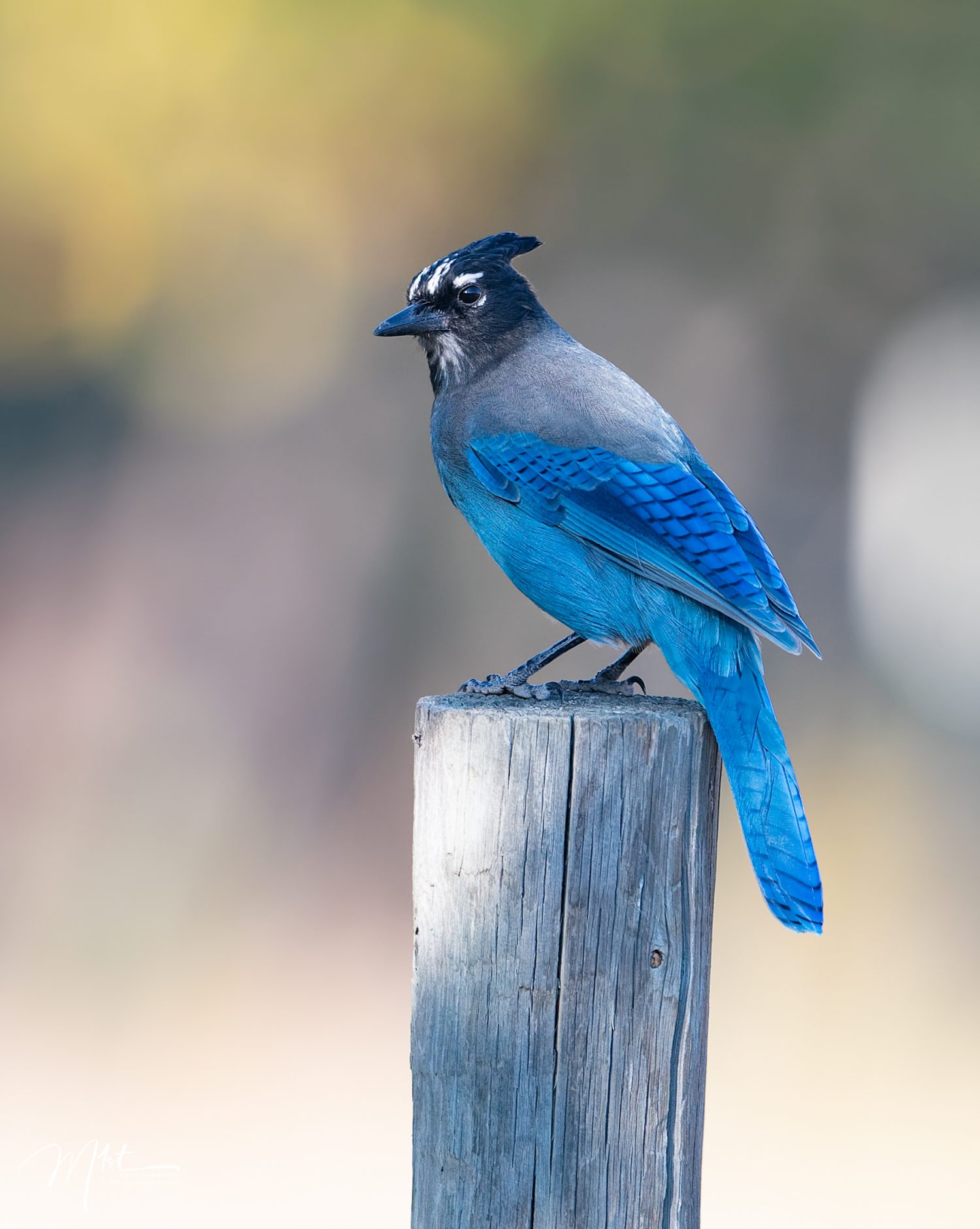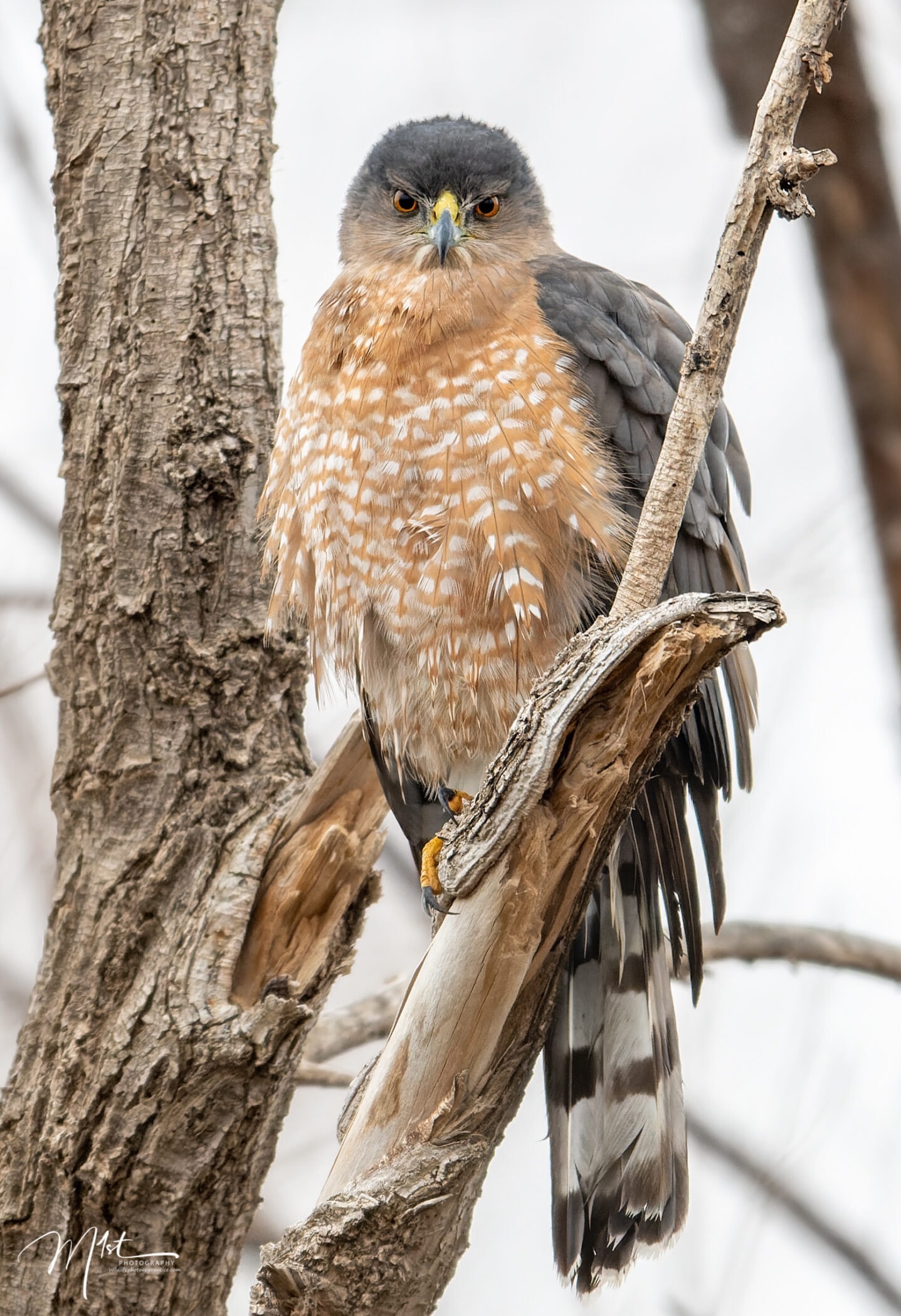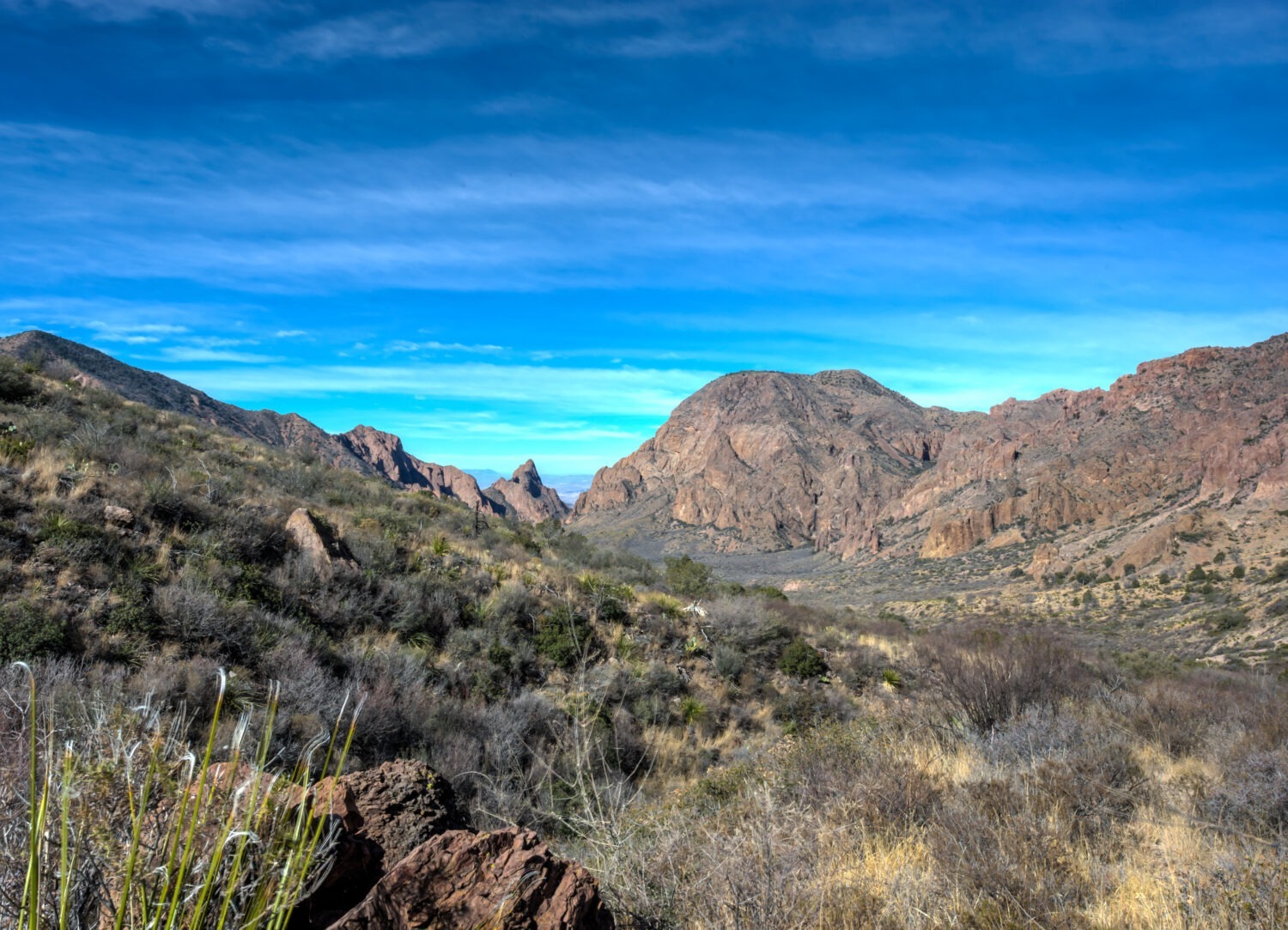If you’re looking for a distinctive environment to photograph desert wildlife and at the same time grab some great landscapes too, then you’re in luck. Monahans Sandhills State Park offers a stunning landscape that provides excellent opportunities for wildlife and landscape photography. The park’s dunes, grasslands, and sky create an ever-changing canvas of color and texture that can be captured in a variety of ways. In this article, we will take a closer look at the photography opportunities at Monahans Sandhills State Park
